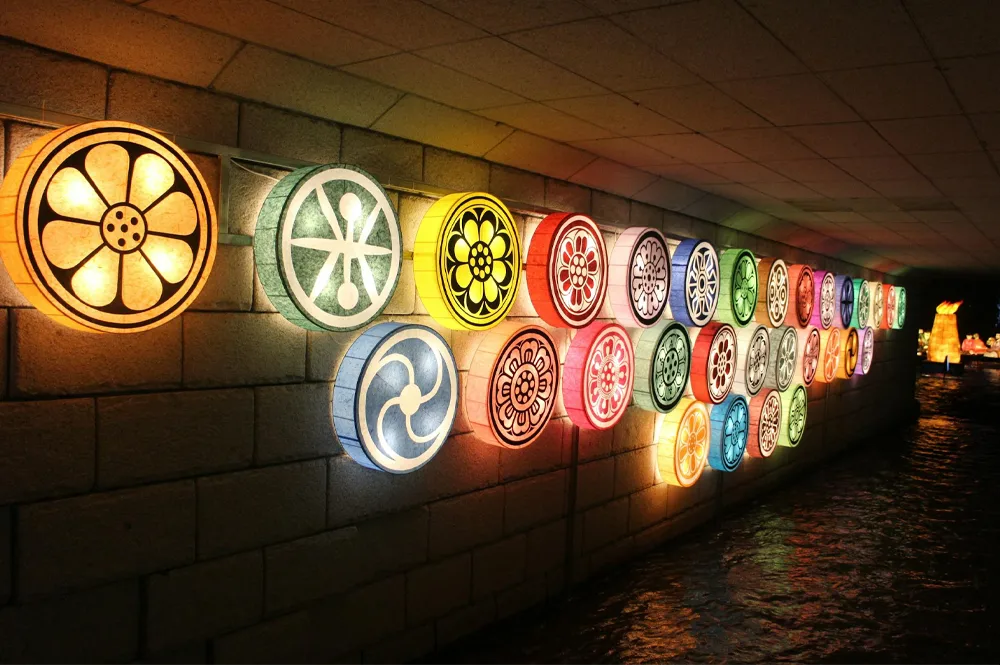
In a world hurtling toward the future, there are cities that not only lead the charge in innovation and technology but also carry the wisdom and beauty of centuries past. These are places where robotics coexist with rituals, where glass towers rise above ancient shrines, and where bullet trains whiz past heritage neighborhoods preserved with reverence. This is the essence of a high-tech capital with deep cultural roots—a rare and mesmerizing blend of progress and tradition.
Few places embody this synthesis more seamlessly than Tokyo, Japan. Yet the narrative could also unfold in Seoul, South Korea, or Singapore, where rapid modernization meets time-honored customs, and the rhythms of the old world continue to echo through futuristic skylines. In such cities, travelers are offered a unique gift: the chance to explore tomorrow while staying deeply connected to yesterday.
Let’s embark on a journey through one of these extraordinary capitals, exploring how innovation and tradition coexist to form a cityscape that is both forward-thinking and soulfully grounded.
Neon Lights and Shinto Shrines: The Cityscape of Contrasts
As you step into this high-tech metropolis, the contrast is immediate and electrifying. Towering skyscrapers wrapped in LED screens compete for your attention with traditional lanterns swaying gently outside wooden temples. Autonomous taxis glide down roads flanked by family-run noodle shops that have operated for generations. The skyline dazzles, yet the earth below is steeped in stories.
Nowhere is this juxtaposition more palpable than in Tokyo’s Shibuya or Seoul’s Gangnam District—epicenters of fashion, music, and media. These neighborhoods pulse with the energy of a new generation, filled with holographic billboards, AI-integrated services, and immersive gaming arcades. Just a few train stops away, however, the mood changes entirely. In places like Asakusa, you find yourself in a quieter, sacred space surrounded by incense smoke, monks in robes, and families paying homage to their ancestors.
This duality defines the spirit of the city. The reverence for the past is not seen as a barrier to progress but as its foundation. The future is built not by discarding tradition, but by carrying it forward—evolving it with respect and innovation.
Cutting-Edge Innovation in Daily Life
This capital is not just high-tech in reputation—it’s high-tech in everyday experience. From the moment you arrive, you’re immersed in a seamless network of smart technology.
- Transport is powered by precision and efficiency. Driverless trains run on magnetic rails with near-zero delays. Smart stations are equipped with multilingual robots offering assistance, and facial recognition is used to board subways in seconds.
- Urban planning blends technology with sustainability. Smart buildings self-regulate energy use. Public spaces use AI to control lighting and air quality. Recycling systems are automated and integrated into household routines.
- Cashless culture dominates—mobile payments, virtual wallets, and crypto-integrated retail are the norm. Convenience stores operate 24/7 with no cashiers, and vending machines offer gourmet food, electronics, or even freshly made coffee.
- Healthcare and services are AI-augmented. Clinics use robotic assistants, and virtual consultations happen through augmented reality interfaces.
Even hospitality is futuristic, with robot-concierge hotels, fully automated check-ins, and toilets that adjust water temperature and play calming sounds. It’s not science fiction; it’s part of daily life.
Yet what makes all this compelling is how effortlessly it coexists with ancient rituals and customs.
Cultural Heritage at the Core
Despite the rush of modernity, cultural roots remain central. Respect for ancestors, traditional values, and heritage artistry is visible in daily practices and societal norms.
- Tea ceremonies, once reserved for nobility, are now offered in both historic houses and glass-walled pavilions overlooking the city. The ritual remains unchanged: a graceful, meditative preparation that honors hospitality and harmony.
- Seasonal festivals bring modern citizens together to celebrate ancient traditions. During events like Hanami (cherry blossom viewing) or Chuseok (harvest festival in Korea), locals wear traditional attire and participate in centuries-old customs even in the heart of the city.
- Temples and palaces are preserved as sacred spaces, not just as tourist attractions. They continue to function for prayer, worship, and community gatherings. In Tokyo, you can light incense at Senso-ji Temple after shopping in Ginza’s luxury boutiques; in Seoul, you can meditate in Jogyesa Temple after exploring smart design museums.
- Craftsmanship lives on, with modern designers collaborating with traditional artisans. Ancient techniques like washi paper-making, kimchi fermentation, or hanbok tailoring are reimagined for the global stage, finding new audiences through tech platforms like YouTube and e-commerce.
This reverence grounds the city. Even with a population pushing the edge of technological adoption, traditions provide a moral and cultural compass, shaping attitudes toward family, nature, and society.
Food: Where Innovation Meets Intimacy
The culinary scene of this capital is another realm where innovation dances with tradition. You can enjoy a multi-course Kaiseki meal prepared with recipes dating back hundreds of years—or opt for sushi crafted by robotic arms with laser precision. You can visit an AI-run ramen bar or step into a tiny family-owned izakaya where the recipes haven’t changed in generations.
High-tech dining experiences include:
- Augmented reality menus that project holograms of dishes before you order.
- Robot chefs making okonomiyaki or gimbap in perfect consistency.
- Smart bento boxes that monitor freshness and reheat based on nutritional programming.
Yet, what travelers often remember most are the human touches: the grandmother who hand-picks vegetables from her rooftop garden, the sushi master who trained for decades, or the tea shop owner who still bows with both hands as a sign of respect.
In this city, food is not just fuel—it’s philosophy, history, and emotion. It’s an extension of both heritage and innovation, served on the same plate.
Education, Art, and Technology for the Next Generation
This high-tech capital also invests heavily in the future. Education is at the cutting edge, with students learning programming and AI basics alongside calligraphy and literature. Museums use VR to bring history alive, allowing visitors to walk through ancient cities or witness battles from centuries ago in 360-degree immersion.
Digital art merges with traditional forms—calligraphy becomes interactive light installations; kabuki theater is enhanced with projection mapping. Universities and startups collaborate with temples and cultural institutions, ensuring that young minds carry old stories into new mediums.
Creative hubs like Seoul’s Dongdaemun Design Plaza or Tokyo’s teamLab Borderless Museum showcase how art, science, and culture merge, creating experiences that are as intellectually engaging as they are visually stunning.
Daily Life: Harmonizing the Fast and the Slow
Amid the city’s rapid pace, there remains a slowness in the soul of its people. Commuters pause to bow in gratitude. Office workers remove their shoes before entering homes or traditional restaurants. Parks and gardens are designed with nature and meditation in mind—offering sanctuaries within the urban sprawl.
This city does not rush blindly into the future. It chooses progress with mindfulness. Whether you’re navigating high-speed internet or ancient stone paths, there is always a sense of harmony.
For travelers, this offers a rare opportunity: to reconnect with both the future and the past, and to realize that technology does not have to erase heritage—it can enhance it, protect it, and share it with the world.
Conclusion: A Glimpse Into Tomorrow, Rooted in Yesterday
To stand in a high-tech capital with deep cultural roots is to witness the full spectrum of human achievement. It’s to marvel at how skyscrapers and shrines can share a skyline, how a culture can evolve without losing its essence, and how progress can be shaped by wisdom rather than speed alone.
In cities like Tokyo, Seoul, or Singapore, you don’t just see the future—you feel it. But you also feel the heartbeat of the past, steady and strong beneath your feet. You walk streets that remember ancient footsteps and glow with fiber-optic lights. You taste the flavors of history and innovation in the same bite. You watch as drones deliver goods while monks ring bells. And you understand: this is not a contradiction—it’s a masterpiece of coexistence.
So come, visit this capital where AI meets ancestry, where tomorrow is already unfolding, and where heritage is not a museum piece, but a living, breathing part of modern life. You won’t just witness a city. You’ll experience a future rooted in something real—and timeless.




